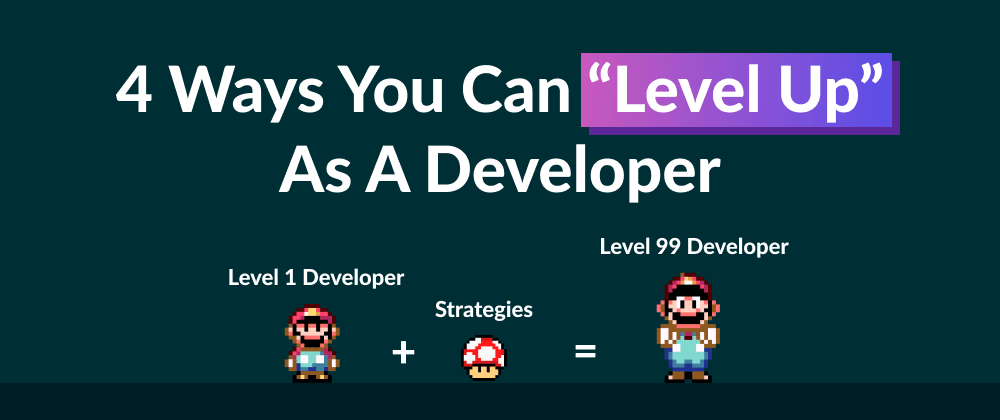Learn how to declare event handlers in this article by Adam
Boduch, a seasoned web application developer with a breadth of
experience ranging from jQuery to React and everything in
between.
React has a unique approach to handling events: declaring
event handlers in JSX. The differentiating factor with event
handling in React components is that it’s declarative.
Contrast this with something like jQuery, where you have to
write imperative code that selects the relevant DOM elements
and attaches event handler functions to them.
The advantage with the declarative approach to event handlers
in JSX markup is that they’re part of the UI structure. Not
having to track down the code that assigns event handlers is
mentally liberating. In this article, you’ll write a basic
event handler, so you can get a feel for the declarative event
handling syntax found in React applications. Then, you’ll
learn how to use generic event handler functions.
#
Declaring handler functions
Here’s a look at a basic component that declares an event
handler for the click event of an element:
import React, { Component } from 'react';
export default class MyButton extends Component {
// The click event handler, there's nothing much happening here other than a log of the event.
onClick() {
console.log('clicked');
}
// Renders a "<button>" element with the "onClick" event handler set to the "onClick()" method of this component.
render() {
return (
<button onClick={this.onClick}>{this.props.children}/>
);
}
}
The event handler function, this.onClick(), is passed to the
onClick property of the <button> element. By looking at
this markup, it's clear what code is going to run when the
button is clicked.
#
Multiple event handlers
The declarative event handler syntax is easy to read when
there’s more than one handler assigned to an element.
Sometimes, for example, there are two or three handlers for an
element. Imperative code is difficult to work with for a
single event handler, let alone several of them. When an
element needs more handlers, it’s just another JSX attribute.
This scales well from a code maintainability perspective:
import React, { Component } from 'react';
export default class MyInput extends Component {
// Triggered when the value of the text input changes...
onChange() {
console.log('changed');
}
// Triggered when the text input loses focus...
onBlur() {
console.log('blurred');
}
// JSX elements can have as many event handler properties as necessary.
render() {
return <input onChange={this.onChange} onBlur={this.onBlur} />;
}
}
This <input> element could have several more event
handlers, and the code would be just as readable.
As you keep adding more event handlers to your components,
you’ll notice that a lot of them do the same thing. Next,
you’ll learn how to share generic handler functions across
components.
Read more
about event handlers in React.







